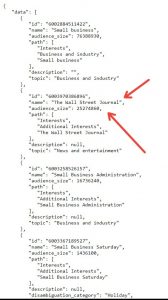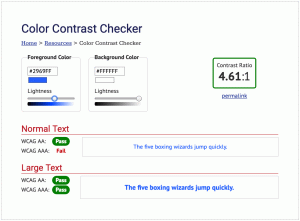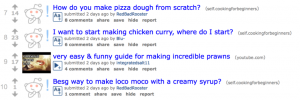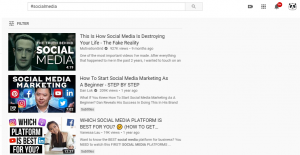MobileFuse Focuses On Saying Buy-Bye To Targeting

Google has been rolling out its targeting and measurement alternative to third-party cookies called Privacy Sandbox, but many in the advertising industry still have their doubts about the effectiveness of the replacement and the way machine learning and artificial intelligence (AI) are seeping into the crevices to fill gaps.
Google’s Privacy Sandbox, a series of proposals to create web standards for websites to access user information without compromising privacy, and continue to target ads without the without the use of third-party cookies and device IDs.
“Third-party cookies won’t exist for Chrome users, but Google is taking a similar approach as Apple, where they will let device IDs remain, as long as a consumer opts in to the app,” says Ken Harlan, founder and CEO of MobileFuse, an in-app and connected television (CTV) platform that integrates with publishers, more than 30 programmatic bidders, among others.
Harlan believes that a year from now, third-party cookies will no longer exist on Chrome, but mobile device IDs will still remain partially in use.
The difference in Google’s approach, compared with Apple, is they will aim to slot people into specific interests, but it’s still not clear how it will work.
“A lot of digital investments today still rely on third-party cookies,” Harlan said, and that the change is driving previous internet-based media spend to different areas, including in-app, CTV, digital out of home (DOOH) and others.
The digital marketing industry is making its early sentiments clear; there isn’t much confidence in emerging deterministic solutions — at least this iteration of them.
“Many programmatic digital media buyers were not aware they were using third-party cookies,” he said. “Now, all of a sudden, your audience shrinks and CPMs rise, you need to learn and be prepared for the best way to buy media. As Google implement these changes, the tools used today will become much more expensive.”
What should marketers do to improve audience targeting?
1. Learn how the company targets ads to audiences and what types of identifiers are being used.
2. Marketers can still find deterministic signals to use, but many will need more reach, so think about what type of content the target audience will engage with. Supplement deterministic signals with content.
3. Think about moments, and the best time to serve an ad for a specific product segment. Also think about weather triggers.
4. Performance counts. Focus on creatives, rich media units, that give consumers choice. It will help them learn about the product and lead them to make a purchase or sign up for a service.
5. Marketers must understand the type of ad inventory being bought and where it is bought to support brand safety and alignment.
6. Leverage insights from marketing data and creatives.
(2)







